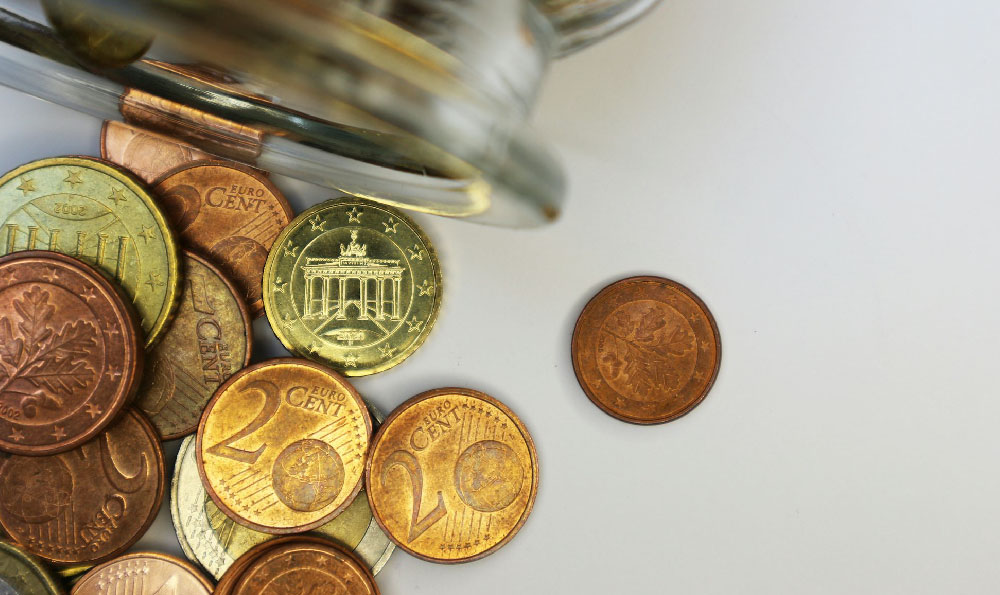Can You Earn Money on Spotify? Monetization for Artists
In the digital music era, Spotify has emerged as a dominant platform where artists and creators can reach millions of listeners globally. However, the question of whether one can truly earn money through Spotify is multifaceted, requiring a nuanced understanding of its monetization models, the challenges of content visibility, and the strategic decisions that influence financial outcomes. Unlike traditional music distribution channels, Spotify operates on a streaming-first business model, which means that revenue generation is not solely dependent on sales but is tied to the number of streams, listener engagement, and the integration of premium subscription tiers. For artists, leveraging these mechanisms effectively is crucial to transforming their creative work into a sustainable income source.
Spotify’s primary revenue stream is its subscription model, which splits payments between free and premium users. Free users generate ad-supported revenue, while premium subscribers pay a monthly fee, a portion of which is distributed as royalties to artists. The amount earned per stream is notoriously low, typically ranging from $0.003 to $0.005, depending on factors like the user’s location, the type of subscription (individual vs. family), and the platform’s ad loads. For example, a song with 10,000 streams might generate between $30 and $50, which, while seemingly modest, can accumulate over time. Yet, this model places the burden of growth on the artist, as Spotify’s algorithm and recommendation system play a decisive role in determining how many streams their music receives. Without a strong presence in these areas, even a talented artist may struggle to generate significant income.
Beyond the basic streaming royalties, Spotify offers specialized programs for independent artists, such as the Spotify for Artists platform, which provides detailed analytics and marketing tools. These resources allow creators to track performance metrics, understand listener demographics, and refine their strategies for better monetization. For instance, analyzing which tracks or albums receive the most plays can help artists focus on content that resonates with their audience. Additionally, Spotify’s promotion features, such as playlist placements and social media integration, enable artists to amplify their reach organically. However, these tools require active management and a deep understanding of the platform’s dynamics, which many emerging artists may lack.

Another pathway for earning money on Spotify lies in the platform’s ad-supported model. While direct ad revenue is less common for individual artists, brands often collaborate with Spotify to create sponsored playlists or sponsored content. For example, a clothing brand might partner with an independent musician to produce a playlist that aligns with their target audience, thereby generating income through ad placements. This approach requires artists to maintain a loyal fanbase and demonstrate brand alignment, which may not be feasible for all. Moreover, Spotify’s ad loads can vary depending on the user’s subscription tier, meaning that free users are more exposed to ads, which can sometimes affect listener experience and, consequently, the music’s popularity.
The integration of YouTube and the broader YouTube Music ecosystem presents additional opportunities for monetization. While Spotify itself does not directly generate revenue from YouTube, artists who gain traction on the platform can leverage this exposure to drive streams on Spotify. For example, a viral YouTube video might lead to increased search and discoverability on Spotify, allowing artists to capitalize on cross-platform engagement. However, this requires a strategic approach that balances content creation across multiple channels, which can be resource-intensive.
Spotify’s role as a distribution hub also intersects with other income streams, such as merchandise sales, live performances, and brand partnerships. Artists can use Spotify’s "Share" feature or external platforms like Bandcamp to sell physical or digital copies of their work, thereby generating additional revenue. Furthermore, the platform’s "Spotify Wrapped" initiative provides artists with a unique opportunity to engage with listeners through personalized data insights, which can drive interest and streams. However, these opportunities often require creative thinking and a long-term vision, as they are not guaranteed.
The financial viability of monetizing on Spotify is further influenced by factors such as the music industry’s market structure, the competitive landscape, and the artist’s ability to maintain a consistent output. For instance, the rise of algorithm-driven music consumption means that visibility is often dictated by factors beyond an artist’s control, such as the algorithm’s prioritization of certain genres or the platform’s playlist curation. Additionally, the declining value of physical sales and the increasing dominance of streaming services mean that artists must adapt to a rapidly changing environment.
In conclusion, while Spotify offers a range of monetization avenues, the path to financial success is not linear and requires a combination of strategic planning, audience engagement, and adaptability. Artists must understand the limitations of the streaming model, optimize their content for visibility, and explore complementary income streams to maximize their earnings. By leveraging Spotify’s tools, maintaining a loyal fanbase, and staying attuned to market trends, creators can navigate the complexities of this platform and turn their music into a viable source of income. However, it is essential to recognize that Spotify is just one part of a broader financial strategy, and long-term success often depends on a diversified approach that includes traditional and digital revenue streams.














